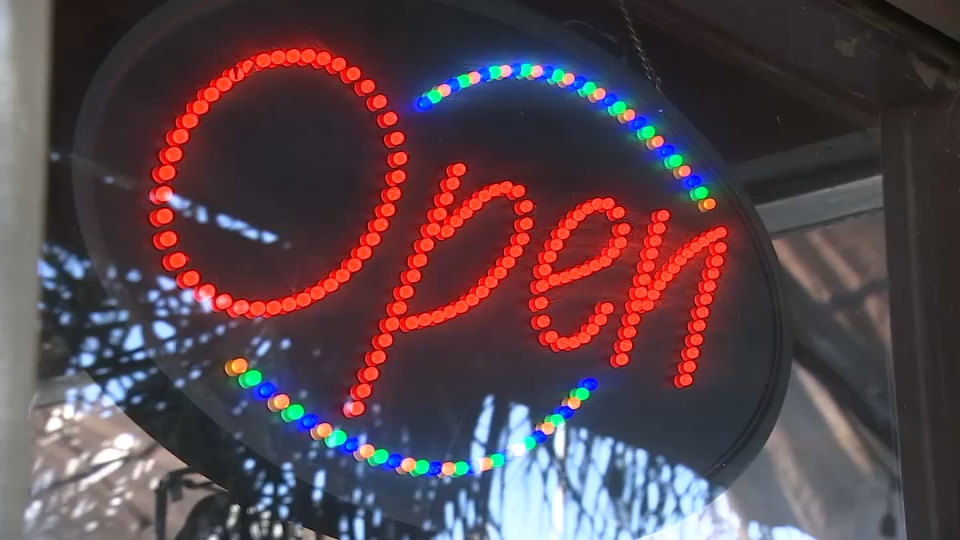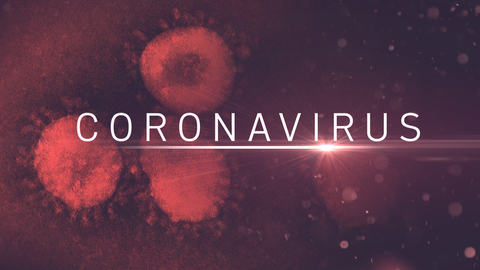Most of the Bay Area's counties will move into more-restrictive reopening tiers this week as the state attempts to extinguish its current rise in new coronavirus cases, Gov. Gavin Newsom said Monday.
A total of 28 counties - including Alameda, Contra Costa, Santa Clara, Napa, Santa Cruz and Solano counties - will be moved into the most-restrictive "purple tier" Tuesday, part of what Newsom described as the state "pulling the emergency brake" on its reopening plans.
In addition, Marin, San Francisco and San Mateo counties moved into the red tier, the second most-restrictive tier in the system.
According to Newsom, the state has seen its quickest increase in new cases statewide over the last 10 days since the pandemic began in earnest in March.
"Every age group, every demographic, racial, ethnic (group) in every part of the state, we are seeing case rates increase and positivity rates increase as well," Newsom said during his Monday afternoon briefing on the pandemic.
"We are seeing community spread broadly," he added.
The only counties in the greater Bay Area that did not move to a stricter tier were Sonoma and Monterey counties, which were already in the purple tier.
The state tweaked the way counties are assigned to tiers, moving them to a more-restrictive tier after only one week of rising cases rather than the previously established two.
The state will also move counties across multiple tiers if their rate of viral spread is high enough and will begin assessing tiers several times per week rather than every Tuesday, as it had since announcing the tier system at the end of August.
Several of the counties that will move to the purple tier, such as Alameda and Contra Costa counties, were already on track to move into a more-restrictive tier by Tuesday.
While the virus' spread across California is on the rise, Newsom argued the state is far more equipped to handle the surge than it was in the early months of the pandemic, when beleaguered states bid against each other for necessary items like ventilators, surgical gowns and other personal protective equipment.
The state has 11 surge facilities with nearly 2,000 beds throughout the state that are able to support overwhelmed hospital systems for up to 96 hours.
According to Newsom, one of those facilities is expected to prepare to open in Imperial County over the next week.
The state's inventory of personal protective equipment sits in the hundreds of millions, including 180 million N95 masks, 23.9 million face shields and 64.5 million gowns.
"We've been very active in building up those supplies, including those surge facilities throughout the state," Newsom said.
Newsom said the state would also lean on its continuously increasing capacity to test for the coronavirus and report results within 24-to-48 hours.
The state is currently averaging about 164,000 tests per day, and results from some 200,000 tests were reported Sunday.
Newsom argued the state's preparation for the virus' next surge as well as progress in vaccine trials from companies like Moderna and Pfizer should be cause for some optimism in combating the virus in the coming months.
"Bottom line is, we're moving from a marathon to a sprint," he said, adding that there is a "proverbial light at the end of this very long, dark tunnel."
Newsom and state Health and Human Services Secretary Dr. Mark Ghaly acknowledged that some local-level officials have questioned the efficacy of closing businesses in an effort to stop the virus' spread when private social gatherings have often been the cause of rising case rates.
Ghaly suggested that activities like sit-down dining at restaurants, particularly indoors, and working at an indoor office building are just as likely to result in the virus spreading as attending a private gathering.
"Those are the ideal situations for COVID to spread and the situations we know we want to try to avoid," Ghaly said.
The state recorded a test positivity rate of 4.6 percent of the last 14 days, which Newsom acknowledged is well below the seven-day national positivity rate of 9.6 percent, according to Johns Hopkins University.
However, California's 14-day positivity rate rose from 3.2 percent on Nov. 2 to 4.6 percent Monday while coronavirus hospitalizations increased 48 percent over the last 14 days, Newsom said.
"While we have fared better than the national average, we don't compare ourselves to the average," he said. "We can do more and we can do better."
Newsom suggested that the national wave of new cases has also bled into California to some extent despite the state having some of the strictest reopening guidelines in the country.
"There's an interdependence, there's a reality that stretches beyond the nation's largest state and 40 million Americans that live here," he said. "An impact that we're experiencing, not just across the country, but the impact and the transmission rates around the world."
"Clearly, we're not immune from those cycles," he said.
According to Newsom, state officials are considering additional measures such as a statewide curfew of some activities to discourage people from social gatherings that increase the risk of spreading the coronavirus.
The commonwealths of Massachusetts and Virginia both have implemented statewide curfews in some form as well as various cities across the country.
Studies from France, Germany and Saudi Arabia have also shown the efficacy of curfews on reducing the virus' spread, Newsom argued, noting that state officials have not yet decided how to proceed.
"We have a lot of questions about what (a curfew) looks like, what that doesn't look like, who does it impact, who doesn't it impact, what does a real curfew mean in terms of just certain kinds of industry and business activities," he said.
The tier changes will take effect Tuesday. Ghaly is expected to give another tier assignment update later this week.



